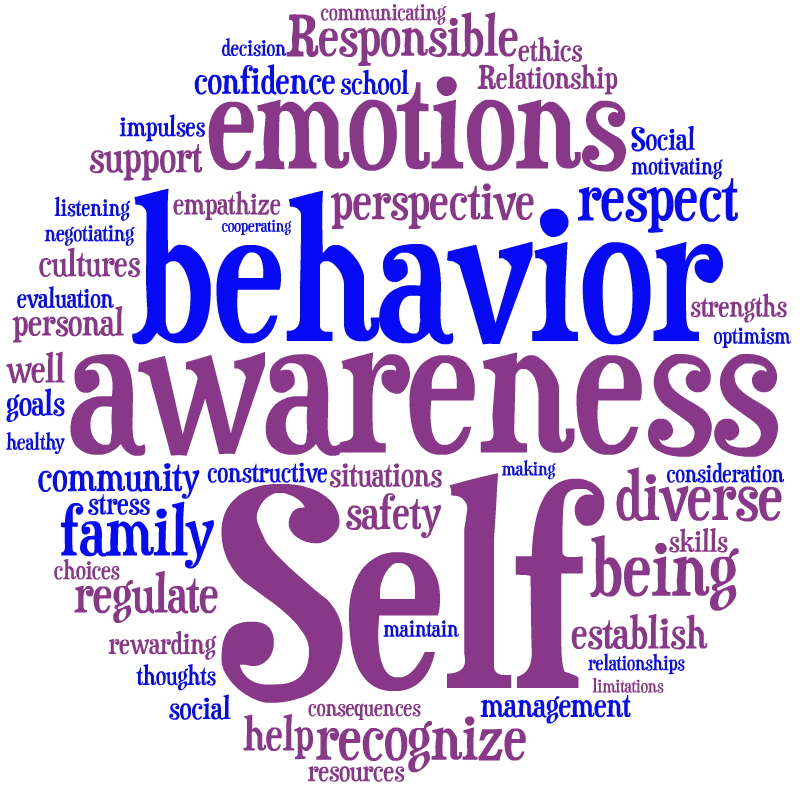Restorative Practices involve SEL
Restorative Practices are not just about fixing things when someone has done the wrong thing, although of course that can be very important. There are always social and emotional aspects when someone does the wrong thing. This means that successful Restorative Practices always involve social and emotional learning (SEL).
SEL everywhere all the time
We are
fundamentally social and emotional beings and, as a result, social and emotional learning is fundamental to the achievement of success and well-being by all of us.
- Social and emotional learning is an ongoing whole-of-life need and challenge
- Every action and interaction has social and emotional aspects
- All experiences, teaching and learning have SEL components
- All relationships involve substantial social and emotional experiences
- Our thinking shapes our social and emotional learning
- Similar experiences can result in very different social and emotional learning
- Social and emotional learning is complex and unpredictable
- Our social and emotional learning is influenced by that of those around us
- Significant others are more influential than casual acquaintances
- ...
In short, for better or worse, social and emotional learning occurs in all places, at all times and in all contexts including school, home and the community. Supporting social and emotional learning is one of the core tasks of families, schools, communities, and restorative practices.
The outcomes of social and emotional learning
Social and Emotional Learning is the process of acquiring knowledge, skills and attitudes to
- recognise and manage emotions
- develop care and concern for self and others
- establish and maintain positive relationships
- make responsible decisions, and
- set and achieve positive goals
- constructively handle challenging situations
SEL in schools
Because social and emotional learning are so universal across place and time, it can be difficult to map those things needing conscious attention in the life and work of schools. In teaching SEL schools may focus on one or more of the followiing
- Social skills
- Habits of mind
- School-wide positive behaviour support (SWPBS)
- Anti-bullying programs
- Cooperative learning initiatives such as Tribes;
- Values programs;
- Emotional literacy teaching
- ....
There are a multitude of valuable initiatives all of which can make positive contributions to student and staff success and well-being.
Four dimension of SEL
The following four part framework might be useful to schools, clubs, and other organisations to map their present provision and to identify opportunities for enhancing SEL in the school and its community.
- Thinking – knowing, understanding, appreciating, accepting and applying the requirements expected by the school, school system and the wider community
- Emotional literacy that informs individual decision making and responses by recognising significant emotional experiences in self & others
- Social skills – enabling successful social interactions that enable us to meet our own needs without significantly impairing the success and well-being of others
- Habits of Mind – successful self management over the course of life's challenges, ups and downs. That is, long term sustainable approaches to life’s challenges and achievements
Supporting Social and Emotional Learning
Families, organisations, communities... support social and emotional learning through explicit, or tacit
- Expectations:
- Rules:
- Programs (SEL):
- Pedagogies:
- Practices, e.g., active supervision…
- Problem solving methods
- ...
Positive SEL Indicators
- Greater sense of well-being
- Greater sense of success
- Greater sense of belonging
- Greater sense of community
Behavioural indicators of SEL
- Fewer incidents/issues
- Faster recovery
- Incidents/issues are less serious
- Transference of learning into new situations
















